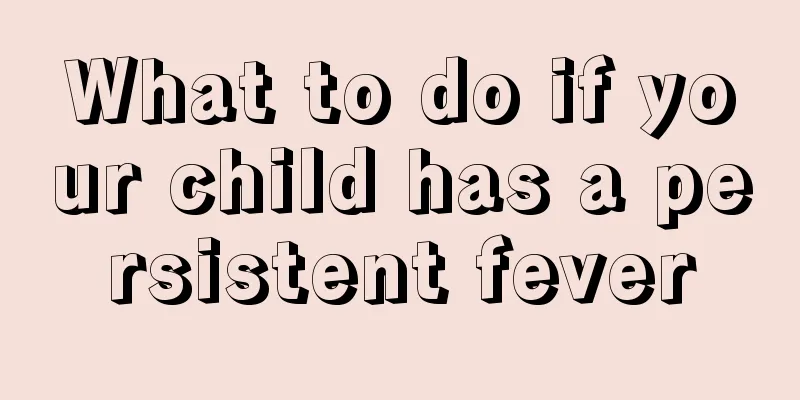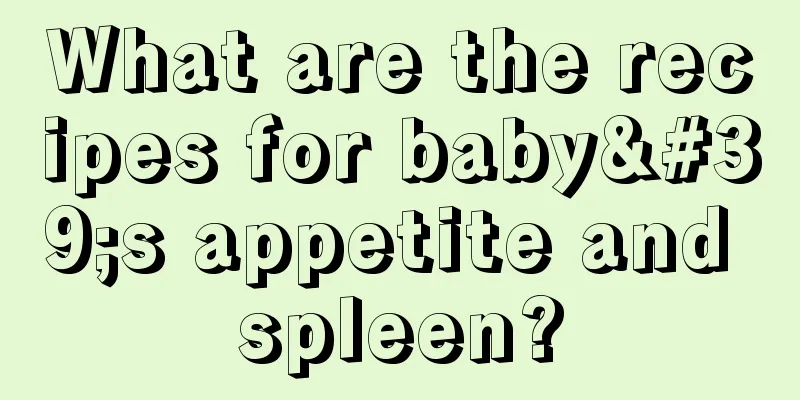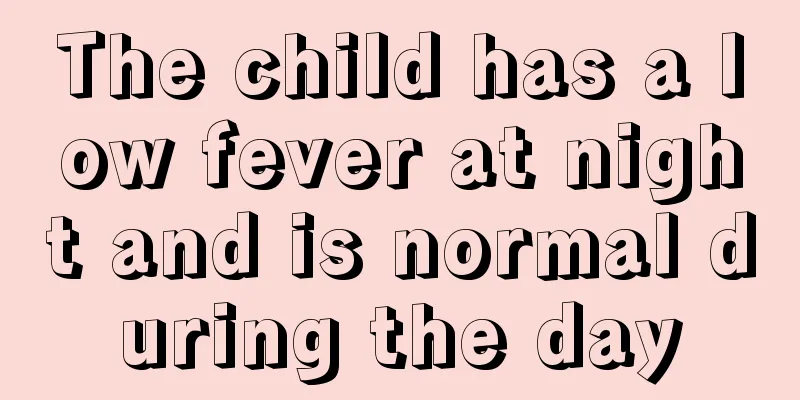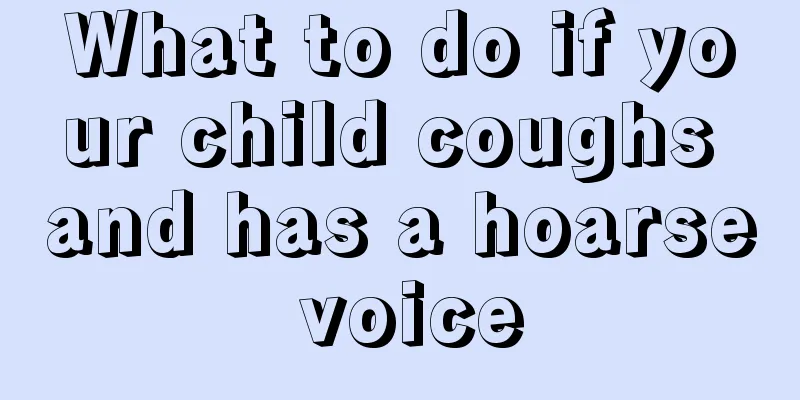Risk factors for recurrence of Kawasaki disease
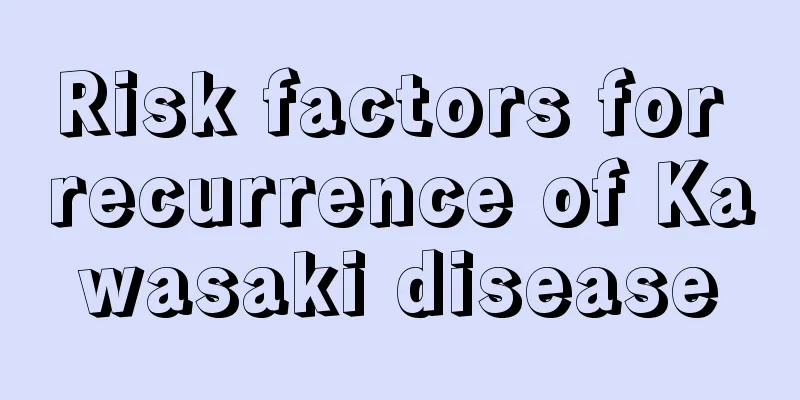
|
Kawasaki disease is a disease with a relatively high incidence in children. It is mainly caused by inflammation around small arteries, and its onset is a process. Kawasaki disease can be treated through certain methods. After the treatment is completed, the recurrence rate of the disease is extremely small, only one percent, but some patients do experience recurrences. So, what are the more dangerous complications after recurrence of Kawasaki disease? 1. Pathology of Kawasaki disease The basic pathological changes of this disease can be divided into four stages: 1. Stage I: The course of the disease is 1 to 9 days. Acute inflammatory changes occur around the arterioles. The small nutrient arteries and veins on the walls of the main branches of the coronary arteries are invaded. At the same time, inflammatory reactions can be seen in the pericardium, myocardial interstitium and endocardium, with infiltration of neutrophils, eosinophils and lymphocytes. 2. Stage II: The course of the disease is 10 to 21 days. The whole-thickness vasculitis of medium-sized arteries such as coronary arteries, including the intima, media and adventitia, is infiltrated by inflammatory cells, accompanied by necrosis and edema, rupture of elastic fibers and muscle layer, and formation of thrombus and aneurysm. 3. Stage III: The course of the disease is 28 to 31 days. Arterial inflammation gradually subsides, thrombi and granulations are formed, fibrous tissue proliferates, and the intima thickens significantly, leading to partial or complete blockage of the coronary artery. 4. Stage IV: It can last for several years. The lesions gradually heal, myocardial scarring forms, and blocked arteries may reopen. 2. What is the chance of recurrence of Kawasaki disease after recovery? The recurrence rate of Kawasaki disease is very low, less than 1%, and when it recurs, the patient still has the typical symptoms of Kawasaki disease. The treatment medications for recurrence of Kawasaki disease are basically the same as those for the initial onset, such as: injection of immunoglobulin, oral aspirin, etc. The disease has a self-limiting course and most children have a good prognosis. Among untreated children, 20%-30% will develop coronary artery tumors. Even with high-dose intravenous immunoglobulin treatment, about 15% of children will still develop coronary artery disease. With timely diagnosis and treatment, the mortality rate has dropped to about 0.5%. About 1%-2% of children may relapse. Because the rash of Kawasaki disease itself is polymorphic and non-specific, and pathogens such as adenovirus, Epstein-Barr virus, and enterovirus infected during colds can cause rashes similar to Kawasaki disease, the morphology of the rash alone is not sufficient to diagnose a recurrence of Kawasaki disease. 3. Is Kawasaki disease a high-risk factor for coronary artery disease? Complications of Kawasaki disease include cardiovascular system complications, shock, macrophage activation syndrome and other complications. Among them, the incidence of coronary artery complications is high and is the focus of clinical attention. Kawasaki disease should be differentiated from Yersinia infection, hemolytic streptococcal infection (scarlet fever, fulminant), Staphylococcal infection (toxic shock syndrome), Chlamydia pneumoniae infection, viral infection, Candida albicans infection, leptospirosis and other diseases. The prognosis of this disease is generally good, and most children can recover on their own, but 5% to 9% of children with Kawasaki disease may develop coronary artery complications. Death due to ruptured coronary artery aneurysm, thrombotic occlusion, myocardial infarction, or myocarditis. The mortality rate has now dropped below 1%, and recurrence occurs in about 2%. Treatment of acute Kawasaki disease includes intravenous immunoglobulin, oral aspirin, hormones, etc. Intravenous immunoglobulin therapy: can reduce the incidence of complications of coronary artery aneurysms. The dosage is a single dose intravenous drip, which should be administered over 10 to 12 hours. The recommended time for medication is 5 to 10 days after onset of the disease. The chance of non-responsiveness is higher if the medication is used within 5 days, and the incidence of coronary artery aneurysm increases after 10 days. |
<<: The first symptoms of a relapse of Kawasaki disease
>>: Symptoms of a relapse of Kawasaki disease
Recommend
What causes vitiligo in children?
Young children are still in the development stage...
How to care for children with early pneumonia?
Children are very fragile. If parents are not car...
Symptoms of gastroesophageal reflux in children
Gastroesophageal reflux disease in children mainl...
What is the normal temperature for children?
Many mothers keep thermometers at home so that wh...
What to do with children's knee pain?
Knee pain is a common symptom, and most of the pa...
In children under 2 years of age, the intramuscular injection site is
For children under 2 years old who need an intram...
Treatment of infantile insufficiency
Newborns should pay special attention to their da...
What should I do if my six-month-old baby has repeated fevers?
Every baby is the apple of the parents' eyes,...
What causes bad breath in children in the morning?
Babies will cough when they wake up in the mornin...
Why does a baby cry before pooping?
Children always like to cry and will be distresse...
Why is my baby's skin a little yellow?
I believe that anyone who has given birth has a s...
Treatment for yellow tongue coating in children
We have seen many children around us with yellow ...
What are the causes of constipation in children?
If a child is constipated, the amount of stool wi...
What is the treatment for diarrhea in babies?
Autumn is coming soon. As the weather turns coole...
Does the child have worms in the anus? What are the symptoms of worms?
Now many parents will find that their babies ofte...
